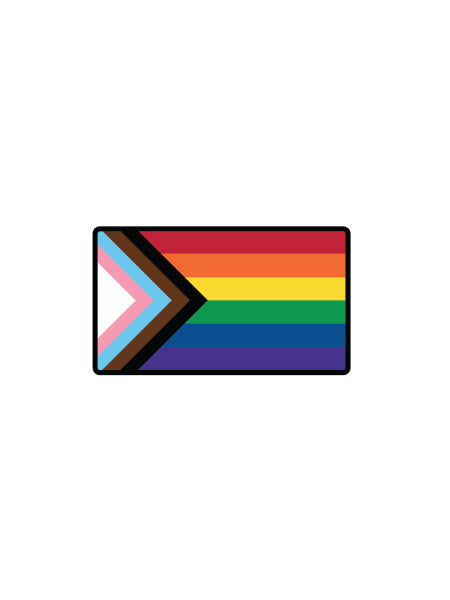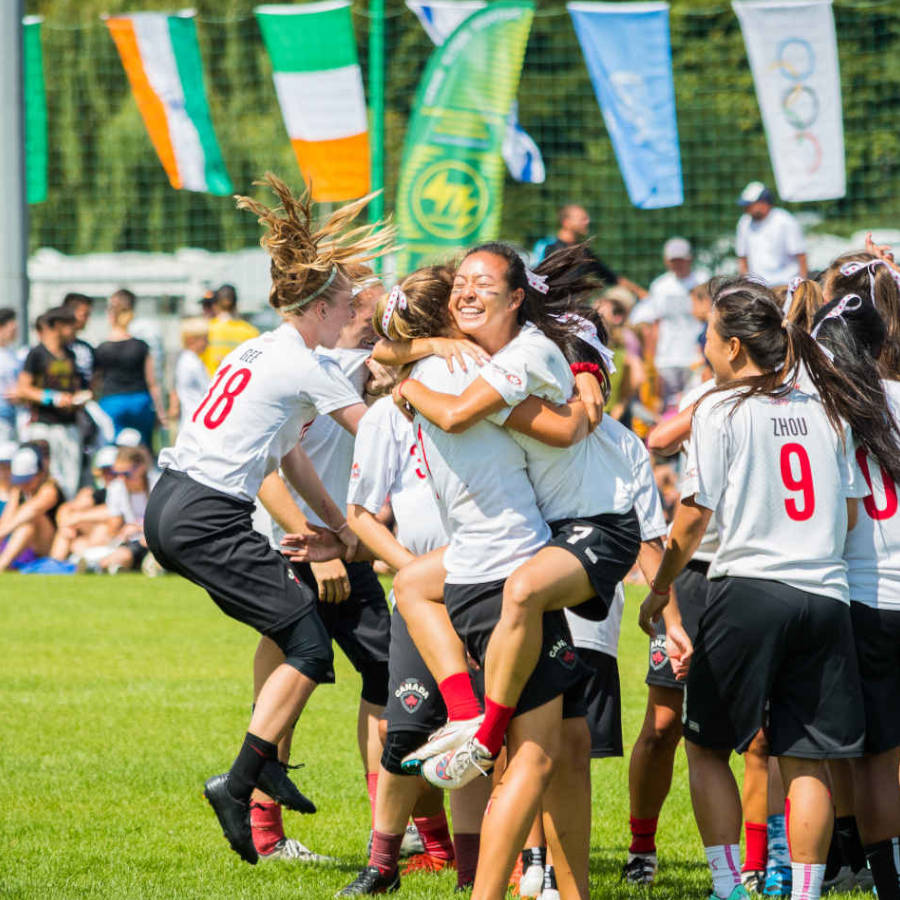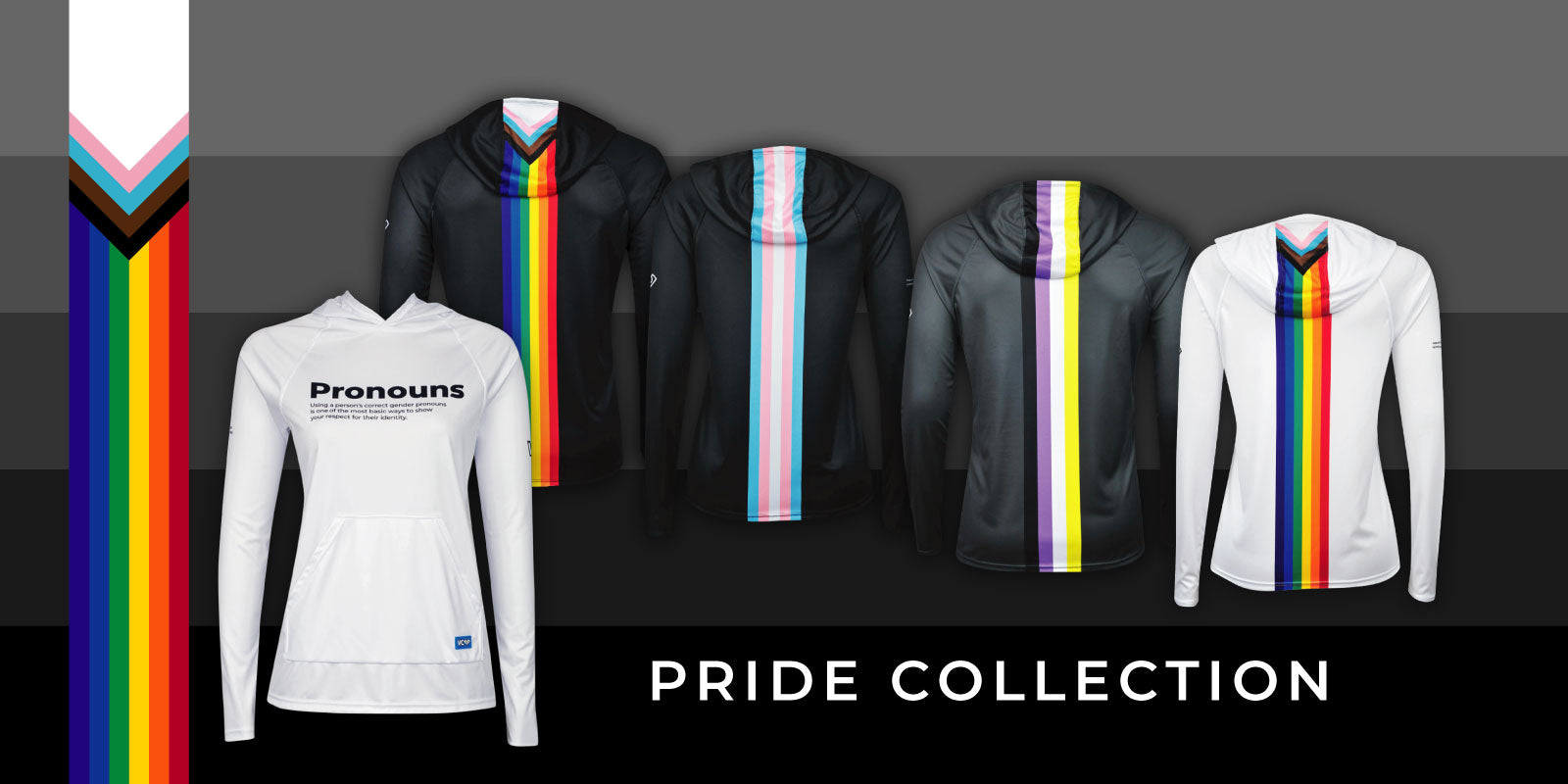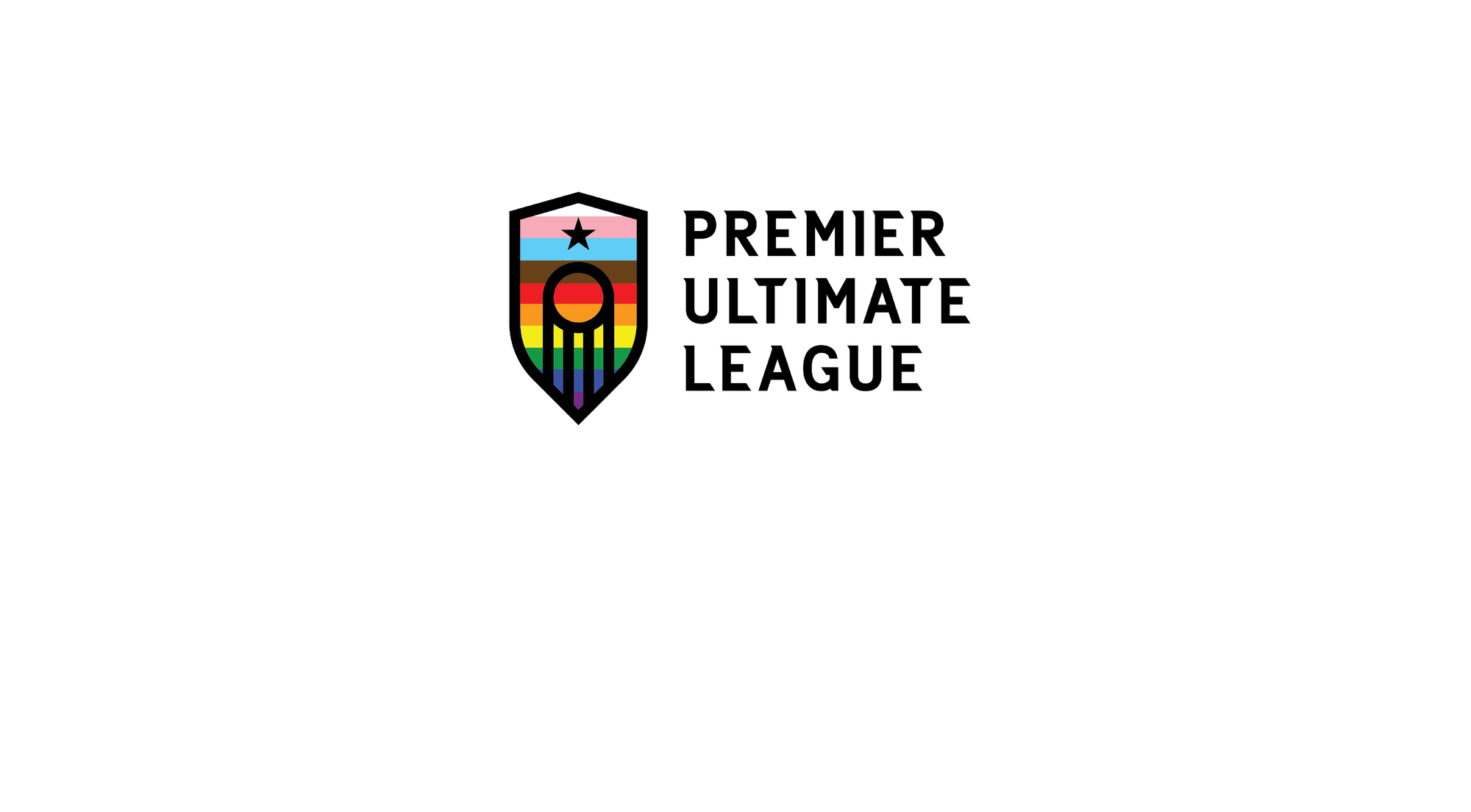
History
In 1978, the gay community was in the midst of a battle for equal rights, and undergoing a revolution. Artist and activist Gilbert Baker saw an opportunity to create a new symbol to unify this movement – and the original Rainbow flag was born. Made to represent the LGBTQ community collectively, this flag featured eight stripes, each with an assigned meaning: Hot pink (sex), red (life), orange (healing), yellow (sunlight), green (nature), turquoise (magic/art), indigo (serenity), and violet (spirit). The pink and turquoise stripe were quickly dropped as fabric in those colours was difficult to find, and by 1979 the six-striped version we know today was established.
The six-striped flag has found wide applications on all types of products, and its colours are routinely used as a show of LGBT identity and solidarity.
Evolution
In June 2017, the Philadelphia Pride flag was created. This version featured added black and brown stripes to the top of the flag, meant to create a more inclusive flag and recognise people of colour in the LGBTQ+ community.
In 2018, designer Daniel Quasar, who identifies as queer and non-binary, introduced the Progress Pride flag – a new version of the flag seeking to emphasize“what is important in our current community climate,” namely the inclusion of Black, Brown, and trans people long marginalized by the mainstream LGBTQ+ movement. The background of the flag includes the traditional six-striped LGBTQ flag so as not to take away from its original meaning. The trans flag and marginalized community stripes were shifted to the hoist of the flag and given a new arrow shape. The arrow points to the right to show forward movement, while being along the left edge shows that progress still needs to be made.

Given VC’s stance on inclusivity, we are currently updating our Pride and rainbow designs based on the Progress Pride flag to better support the LGBTQ community.
Did you know?
- The longest Pride flag was created in 2003; it was 30 feet wide and 1 mile long.
- The world’s largest Pride parade takes place in Sao Paulo, Brazil. It routinely draws 2.5 million attendees.
- In June 2015, the Museum of Modern Art acquired the rainbow flag as part of its design collection.
- The emoji version of the flag was formally proposed in July 2016, and released that November.
- The Pride flag was first raised on Parliament Hill on June 1, 2016.



